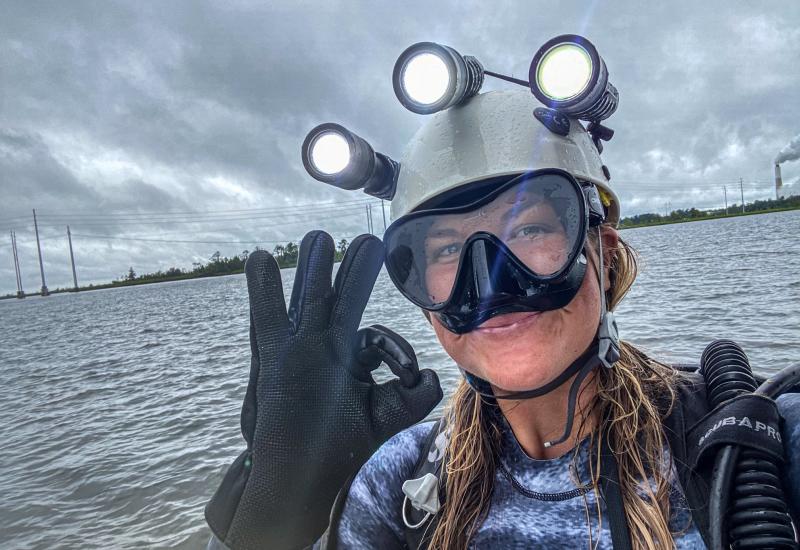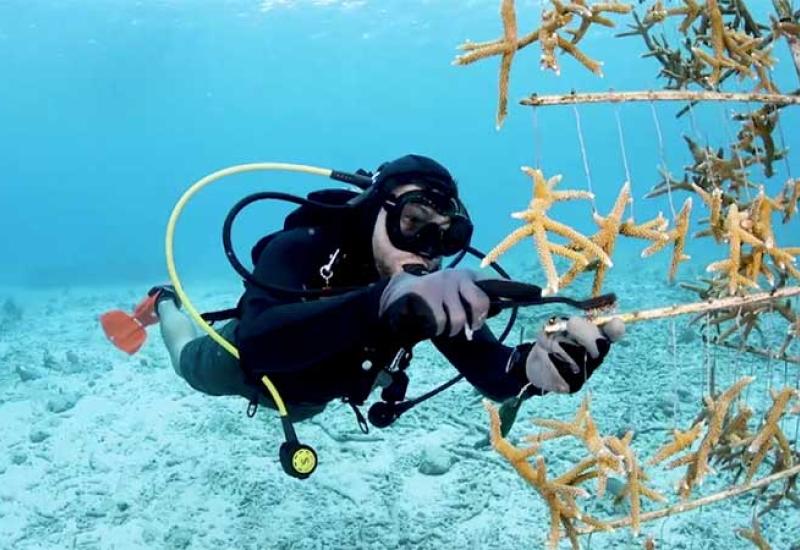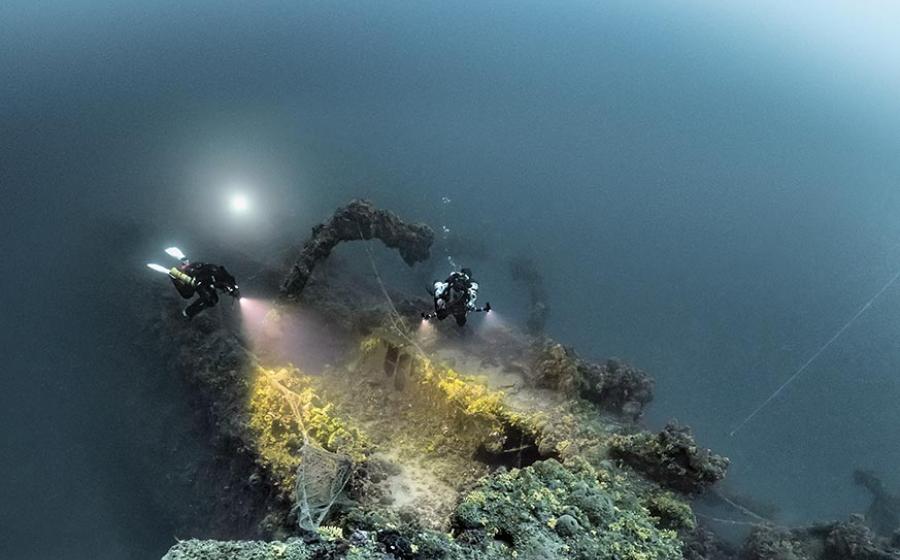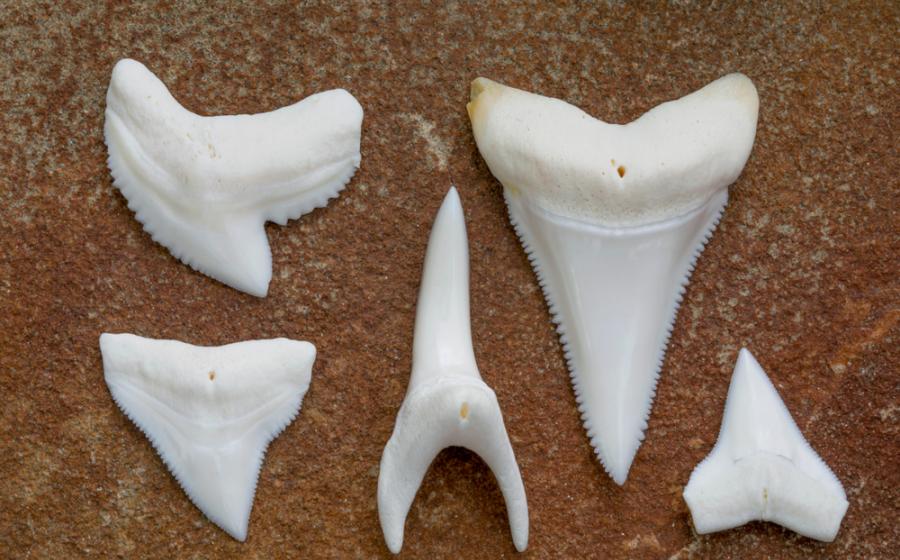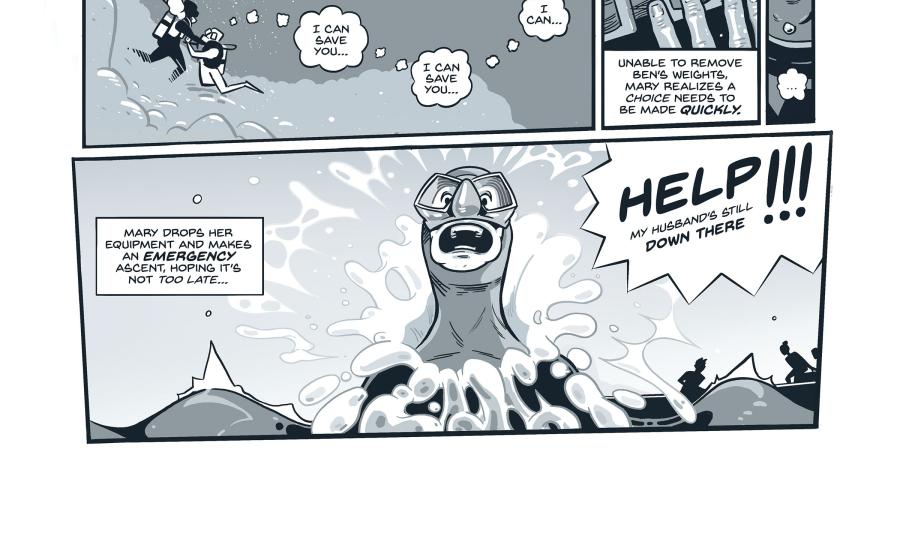What Is Decompression Sickness or the Bends?
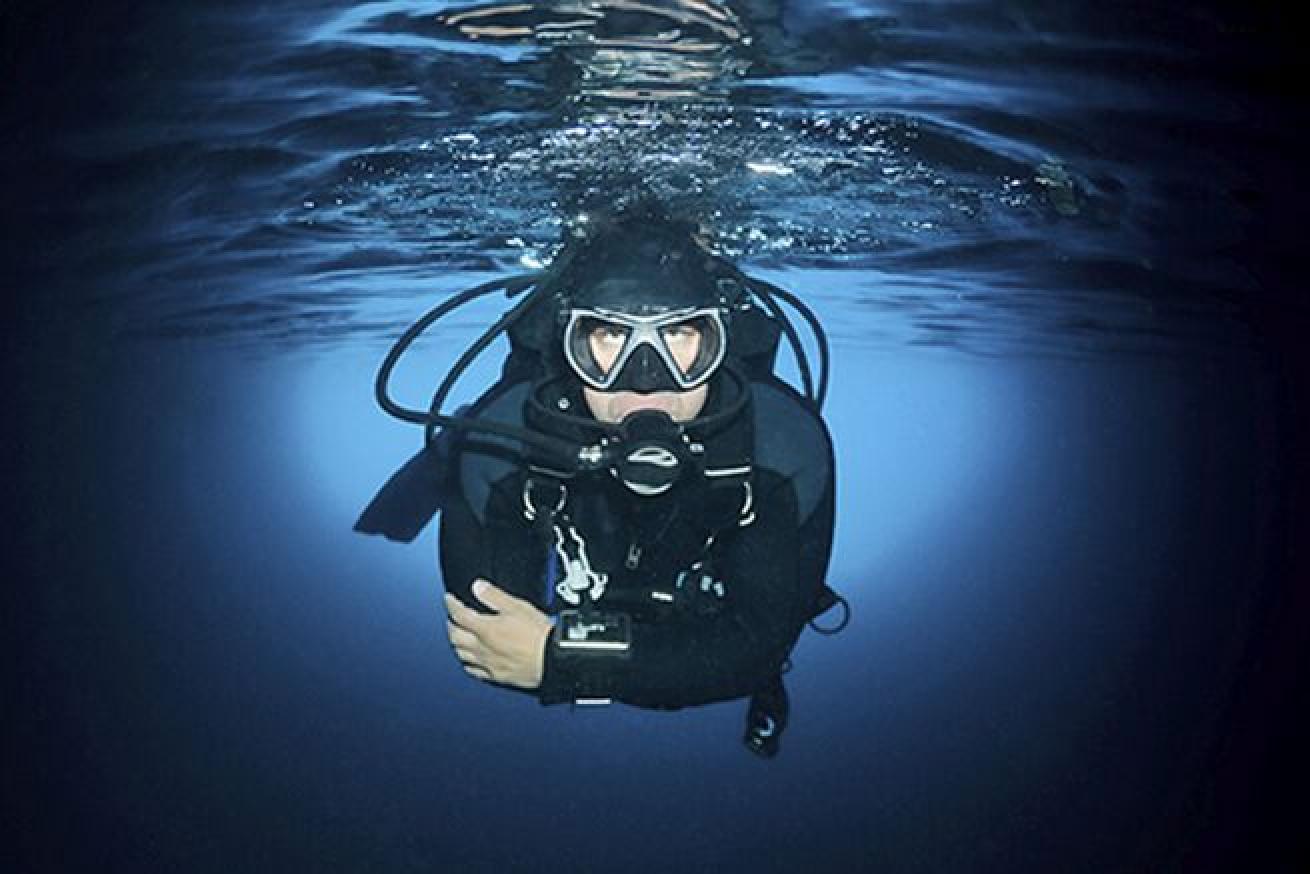
iStockTo avoid getting bent, you have to understand what decompression sickness is.
Understanding DCS
Decompression sickness — aka the bends — is one form of decompression illness. Simply put, it is an injury caused by gas bubbles occurring after a rapid ascent (though not always; read “An Unexplained Hit”).
Decompression illness affects scuba divers, aviators, astronauts and compressed-air workers. “The exact number of divers affected by DCS is not known,” says Petar Denoble, director of mission for the Divers Alert Network (DAN). “DAN data indicates that there may be about 1,000 cases of DCS per year among recreational divers in the USA and Canada.” DCS can strike randomly — often one diver will get bent while his or her buddy completes the dive injury-free, even though their profiles were identical.
Related Reading: What It's Like to Fossil Dive in South Carolina
That’s because there are other risk factors that may increase the chance of DCS occurring. The injured diver may have had a deep or long dive earlier, for example.
And even seasoned dive professionals can get bent. Just ask Jill Heinerth about her DCS experience while diving Dos Ojos in Mexico.
Here’s your body on a dive when you ascend too rapidly, according to DAN: The body’s tissues absorb nitrogen from the breathing gas in proportion to the surrounding pressure. As long as the diver remains at pressure, the gas presents no problem. If the pressure is reduced too quickly, however, the nitrogen comes out of solution and forms bubbles in the tissues and bloodstream. This commonly occurs as a result of violating or approaching too closely the diving table limits, but it can also occur even when accepted guidelines have been followed.
Bubbles forming in or near joints are the presumed cause of the joint pain of a classic DCS “hit.” When there are a lot of bubbles, complex reactions can take place in the body, usually in the spinal cord or brain. Numbness, paralysis and impaired cerebral brain may result. If great amounts of decompression are missed and large numbers of bubbles enter the venous bloodstream, congestive symptoms in the lung and circulatory shock can then occur.
Related Reading: How to Manage Your Diving Task Load
In some cases, the injury is mild and not an immediate threat. In other instances, serious injury does occur; when this happens, the sooner treatment begins, the better the chance for a full recovery.
The good news is that even when treatment is delayed, the outcome can be positive. “In cases where recompression is done at the dive site within minutes, like in military and commercial diving, the rate of total symptom resolution appears higher,” says Denoble. “However, the data for cases treated hours after symptom onset is not so clear-cut. Most cases of DCS respond well to treatment despite delay of 24 or more hours.”
On the other hand, says Denoble, “some data indicates that in very severe cases the initial injury cannot be completely reverted and permanent injury remains despite early treatment.”
There is no guaranteed diagnosis for decompression sickness — a doctor can't give a 100-percent diagnosis — because the symptoms aren't always obvious. They can be confused with other injuries or medical conditions and easily written off as unrelated to diving. You may have to speak up and insist on being treated for DCS. Contact DAN or the nearest medical facility for advice.

